What Handicap Should Play Blades? Don’t Bother!
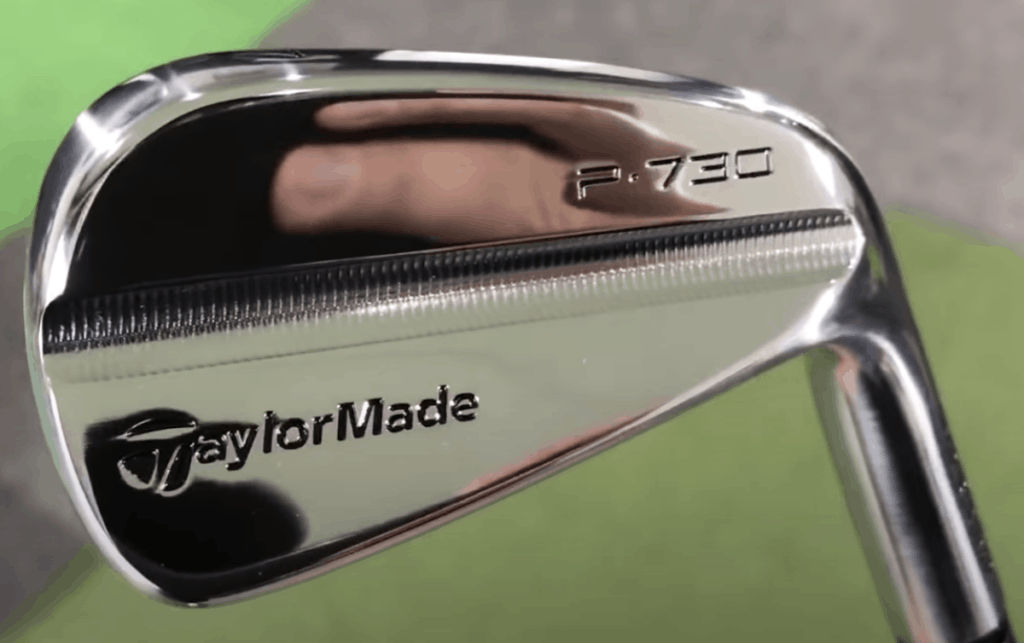
There is something about a set of blade golf irons.
Whether it is the shining gleam of a new set, or the idea that anyone who uses them has finally made it into the ranks of ‘good golfers’, improving players have often wondered when is the right time to start using them.
As a general rule only elite golfers should use blades and even low handicappers should think carefully about playing them. Blades are the least forgiving of all iron types and have the thinnest and smallest head shapes making them hard to it consistently well. Only 12 of the top 100 PGA Tour pros use a full set of blades.
Despite all the evidence however many regular amateur golfers still cling to the idea that there is a time, or a specific handicap number they will get to, when the switch to a gorgeous new set of blades will finally be justified.
I should know because I was one of them, but as we will explain it is almost always not a good idea no matter how low your handicap gets!
Can Mid-Handicappers, High-Handicappers & Beginners Use Blades?
When it comes to making golf club choices and specifically around the irons you play you ‘can’ of course buy whatever clubs you like. If you’ve got the money and want to buy a particular set of irons there is of course nothing to stop you.
Whether you should ‘use’ blades as a 5, 10, 15, 20, high handicapper or even a beginner however is a very different question and one that we would argue has a relatively straight forward answer in the world of today’s fantastic iron choices.
As a whole high and mid-handicappers and even single-figure golfers should not use blade irons. Long iron blades especially are very hard to hit and offer little forgiveness for mishit shots. No top 100 PGA Tour pro uses a blade lower than a 4-iron highlighting how exceptional a ball striker you need to be to play blades.
Every golfer that has ever played the game, including the best of all time – Tiger Woods and Jack Nicklaus – mishit golf shots regularly, and when it comes to long irons especially players of all standards have forever struggled to hit those clubs consistently well.
7-time major champion, Lee Trevino, is often quoted as saying – “If you are caught on a golf course during a storm and afraid of lightning, hold up a 1-iron. Not even God can hit a 1-iron.”
Admittedly there have been huge advances in iron tech since Trevino played but the facts that – no PGA Tour player uses a blade longer than a 4-iron, only 10 of the top 100 use a 4-iron blade, and 3-time major champion Jordan Speith jokes “he’s not good enough to play blades” – shows the challenge of using them.
“Golf is not a game of good shots. It’s a game of bad shots.”
Ben Hogan, 9-time major champion and arguably the best ball striker of all-time
And it is for both the reason that blades are so hard to hit, and that mishits are an inevitable part of playing golf, that we would argue regular amateurs should leave the use of blades to the elite ball strikers among the very top of the professional ranks.
Cavity back irons are so good now, and offer many of the advantages of blades without sacrificing the extra forgiveness cavity backs give you, that anyone who decides to use blades needs to be very confident that they have the skill to be able to do so on a consistent basis.
Because if you don’t, when those inevitable mishits come, you are going to be not only losing distance but seeing your ball go much further offline than it would with a cavity back iron and that will inevitably lead to more trouble and much higher scores.
As Ben Hogan, arguably the best ball striker of all time, said “Golf is not a game of good shots. It’s a game of bad shots” and if you are using a set of blade irons, which give you the least help of all the irons available when you hit it badly, you are storing up trouble for yourself if you don’t hit the ball well almost every time.
We go into more detail here about the pros and cons of blade irons compared to cavity backs, as well as look at the more recent ‘hollow head’ iron designs which have hit the market, but for now we would simply recommend almost all standards of golfer stick to cavity backs.
There is an argument however that getting beginners and high handicappers to use blades can actually help them to improve because they force them to develop a better swing to make better contact with the ball because if they don’t the ball will not go very far and very likely well offline.
Given blades undoubtedly provide the best ‘feedback’ to players and give them the clearest picture of how well they are striking the golf ball there is some logic to this but it is we would argue a high risk approach especially for the average golfer.
It can lead to faster progress for some, but such a strategy typically relies on spending hundreds of hours on the driving range, while for others it is likely simply to add yet more bad habits to a long list as they adapt their swing unnaturally to try and make the club work.
Blades for sure look great and you ‘can’ of course use any set of irons you want but we would very much doubt they are going to make the vast majority of amateurs play worse rather than better.
“I joke around, ‘I’m not good enough to play blades,’ but in reality, I think we’re just being smarter. I think we’re just like, ‘Oh, we can actually hit every shot that a blade can hit.’ But that chance that we mishit them – which we’re going to mishit a few shots in a round, even in a great round, the idea that it does carry that bunker and you make birdie on a hole where someone has to get up-and-down for par – I mean, it could be the difference in a tournament.”
Jordan Speith, 3-time major champion
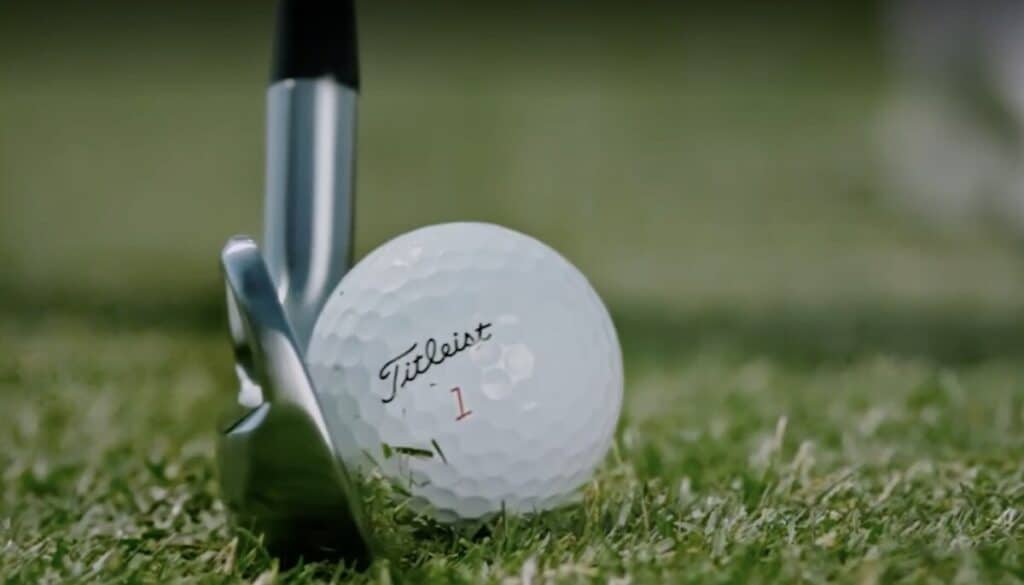
Why Are Blades So Hard to Hit? There’s Little Room for Error
Looks can often be deceiving.
And while a polished set of blades look great in the golf bag there undoubtedly lurks within them a hidden menace that makes them hard to hit, especially when it comes to the lower lofted long irons.
Blade irons are so hard to hit because with less weight behind a small club face, and a centre of gravity closer to a thinner face, than cavity back irons, there is a smaller sweet spot and little room for error. Blades also generate more spin and launch the ball lower so mishits do not go as far and curve more offline.
To be fair to the golf club manufacturers they have worked hard over the years to develop the head of bladed irons to reduce the downsides of blades by increasing the error margin and making them more forgiving and easier to hit.
In recent times they have developed the so-called ‘muscle back’ blade iron where they put more metal low, and behind, the hitting zone of the club face to help with shots not struck right out of the centre.
But despite the progress which has come with the ‘muscle back’ design blades are still not as easy to hit as cavity back clubs and given they still boast the smallest and thinnest head of any golf iron they remain the hardest irons to hit well on a consistent basis.
Of course if you are an elite ball striker the ability to shape your shots more, or hit the ball lower in the wind, is still one that makes blades an appealing option.
It’s just that there are very few genuinely elite ball strikers out there and even for those golfers blades, and especially long-iron blades, are still hard to hit well all the time!

Why Do Pros Use Blade Irons? Very Few Actually Do!
Golf pros playing on the major tours throughout the world are the best players in the world and as such you would expect that they would use the best irons that allow them to hit the golf ball in whatever way they want to because they are good enough to do so.
And by virtue of their ‘forged’ manufacture, where a soft piece of steel is beaten into the shape of a golf club, blade irons enable pros to do exactly that.
Pros use blade irons because they generate more spin allowing them to curve shots more and stop them quicker on the green. Blades also launch the ball at a lower angle enabling more predictable and accurate shots, especially in the wind. They also give more ‘feedback’ to better let pros ‘feel’ how well they struck the ball.
But before you start thinking that all the pros are using blades because of these benefits it is worth taking a quick look at some facts.
Jordan Speith and Kevin Na for example have won 18 PGA tournaments between them and have combined career earnings of around $92 million.
Both are clearly exceptional professional golfers and when one is quoted as saying they “can’t hit a blade (because) it’s too difficult”, and the other says he is “smarter” not playing blades it makes you sit up and think about how much pros really do use blade irons.
We’ve looked in depth at the irons used by all the top 100 players on the PGA Tour – which you can check out here – and when it comes to blades our analysis shows that only 12 of that elite group only use blades with 35 in total using one blade or more within their iron set up.
So given close to 2/3 of the best 100 PGA Tour players are not using blades, and almost 90% of them are using at least one cavity back iron, it suggests that not many of even the best players in the world feel the benefits of using blades outweigh the cons.
Golf club technology has moved on significantly in recent decades especially and golf manufacturers have worked especially hard to replicate many of the advantages of blades in cavity back or more recently hollow head irons.
And they have been so successful that even the vast majority of the best players in the world have stopped using them throughout their iron set.
So the next time you start thinking your game and handicap may finally be reaching the level where it justifies a switch, or a move, to start using blades it may be time to think again and question whether you should actually bother.
More great articles related to this topic:
- Should I Play Blades or Cavity Back Irons? Use Your Head
- What Hybrids Should You Carry? It’s All About Ego
- How Far Should I Hit My Irons? By Handicap, Age & Swingspeed
- Should Your Wedges Match Your Irons? Consistency is Key
- What is the Most Difficult Golf Club to Hit? Take it Easy!
- Are Hybrid Irons Easier to Hit? 7 Reasons to Choose the Easy Way
- Are My Golf Clubs Too Old? It’s Performance Not Age That Matters
- Are Hybrid Irons Easier to Hit? 7 Reasons to Choose the Easy Way
- Are My Golf Clubs Too Old? It’s Performance Not Age That Matters
- Do Pros Use Game Improvement Irons? They Also Want Forgiveness!
- What Irons Do the Pros Use? Top 100 PGA Tour Player Guide
- What Driving Irons do the Pros Use on the PGA Tour?
- What Hybrid Golf Clubs Do the Top 100 PGA Tour Pros Use?
- Do Pros Use Graphite or Steel Shafts? It Depends Which Club
- Do Pros Use Regular or Stiff Shafts? They’re Stronger Than That!
- What Irons Do LPGA Players Use? Top 50 Pros Analysis
RECENT ARTICLES
LEGAL INFORMATION
This site is owned and operated by Golfing Focus Limited, a private limited company whose registered office is in London, UK. Golfing Focus Limited is a participant in the Amazon Services LLC Associates Program, an affiliate advertising program designed to provide a means for sites to earn advertising fees (at no cost to you) by linking to Amazon.com. Golfing Focus Limited also participates in other affiliate programs with the eBay Partner Network, FlexOffers, CJ.com, Svorn and other sites and is compensated for referring traffic and business to these companies (again at no cost to you).
Our Socials



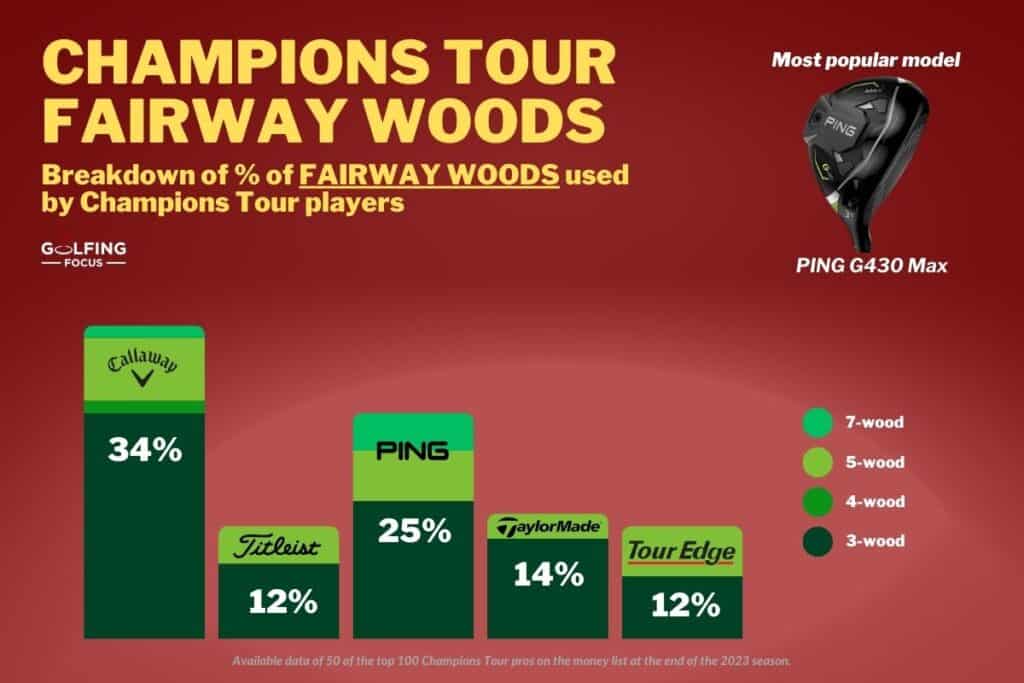
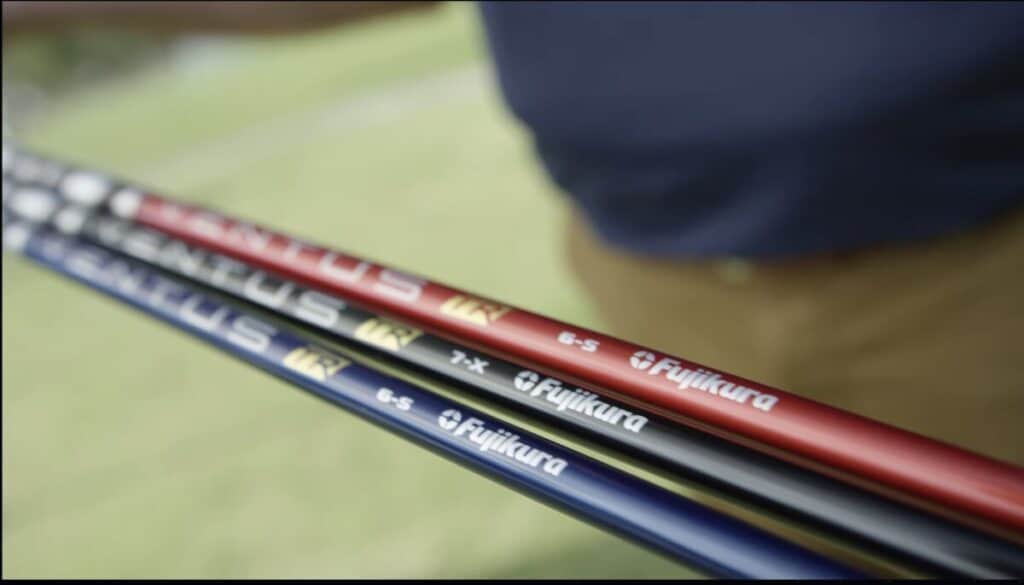
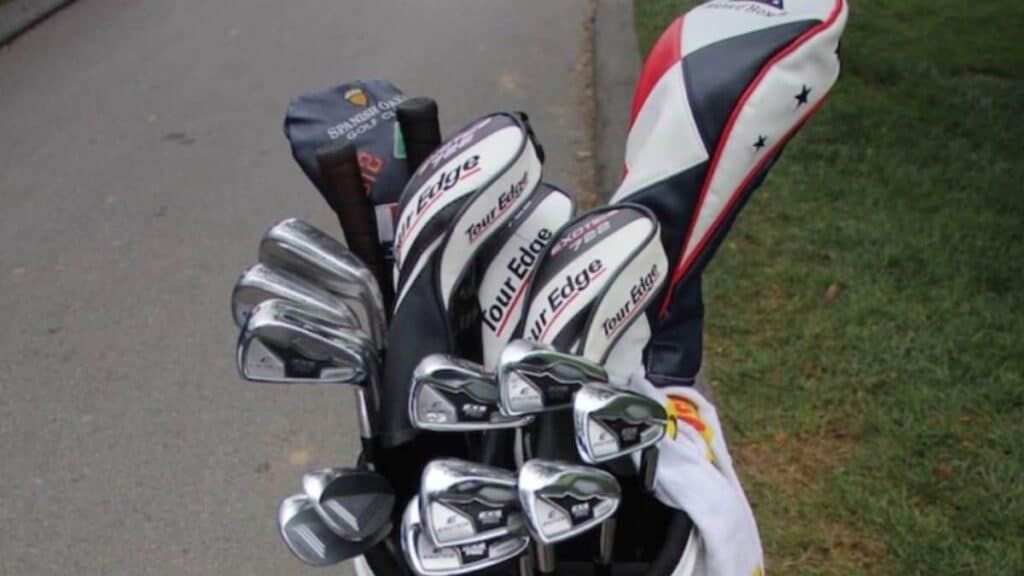
Leave a Reply